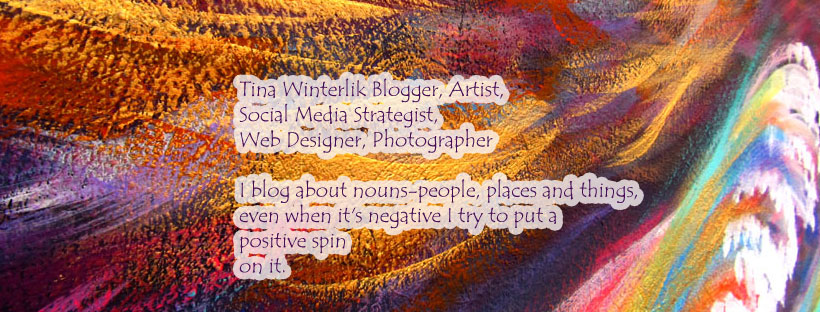During World War II, Indigenous people in Vancouver and across Canada faced unique challenges, as well as injustices that reflected the broader history of colonialism. Despite their contributions to the war effort, they continued to face discrimination, land dispossession, and systemic exclusion from many aspects of society. Here’s what life was like for Indigenous people in Vancouver during the war:
1. Indigenous Enlistment in WWII
- Many Indigenous men and women voluntarily enlisted in the Canadian military, even though they were not legally considered full citizens under the Indian Act.
- They served in all branches of the military, including overseas combat roles, snipers, code talkers, and medics.
- Those who enlisted were often promised equality but faced racism and discrimination both during and after the war.
2. The War Economy & Indigenous Workers
- Some Indigenous people moved to Vancouver for war-related jobs, including shipbuilding, forestry, and factories. However, they often faced discriminatory hiring practices and were usually given lower-paying, labor-intensive jobs.
- Indigenous women also worked in wartime industries, but they were rarely given the same opportunities as non-Indigenous women.
- Those who remained in their communities often had to deal with increased government restrictions and worsening poverty due to wartime resource extraction.
3. Land Dispossession & Further Colonization
- Indigenous lands in and around Vancouver were further taken for military and industrial purposes.
- The Kitsilano Reserve (Sen̓áḵw), once home to the Squamish people, had already been illegally seized in 1913 by the BC government and developers. By WWII, most of the land had been absorbed into the city.
- The federal government took more Indigenous lands across Canada during the war under the War Measures Act, and many reserves were used for military training or resource extraction.
- Indigenous veterans who returned from the war often found their traditional lands further reduced or mismanaged by the government.
4. Residential Schools & Wartime Hardships
- Residential schools continued operating during WWII, and many Indigenous children were forcibly taken from their families and placed in these institutions.
- Indigenous families were often struggling with poverty, lack of resources, and government neglect, which worsened due to war-driven economic shifts.
- Many Indigenous communities had already been forced into segregated reserves with limited rights, and wartime policies only reinforced their exclusion from mainstream society.
5. Discrimination Against Indigenous Veterans
- Despite their service, Indigenous veterans were denied the same benefits as other Canadian soldiers.
- Many Indigenous veterans could not access land grants given to non-Indigenous veterans because they were legally considered wards of the state under the Indian Act.
- They were often refused the right to drink in Legion halls, were denied veteran pensions, and faced ongoing racism when trying to reintegrate into society.
6. Continued Resistance & Resilience
- Indigenous communities continued their traditions, adapted to economic hardships, and resisted government policies through advocacy and legal challenges.
- Some Indigenous leaders fought for veterans' rights after the war, eventually leading to partial compensation (but not full equality) in later years.
Final Thoughts
Indigenous people in Vancouver and across Canada contributed significantly to WWII but were met with broken promises, land theft, and continued colonial policies. Despite this, they persevered, resisting discrimination and advocating for their rights long after the war ended.
It’s striking how similar some struggles remain today—land disputes, systemic inequality, and government policies that continue to disadvantage Indigenous people.

No comments:
Post a Comment